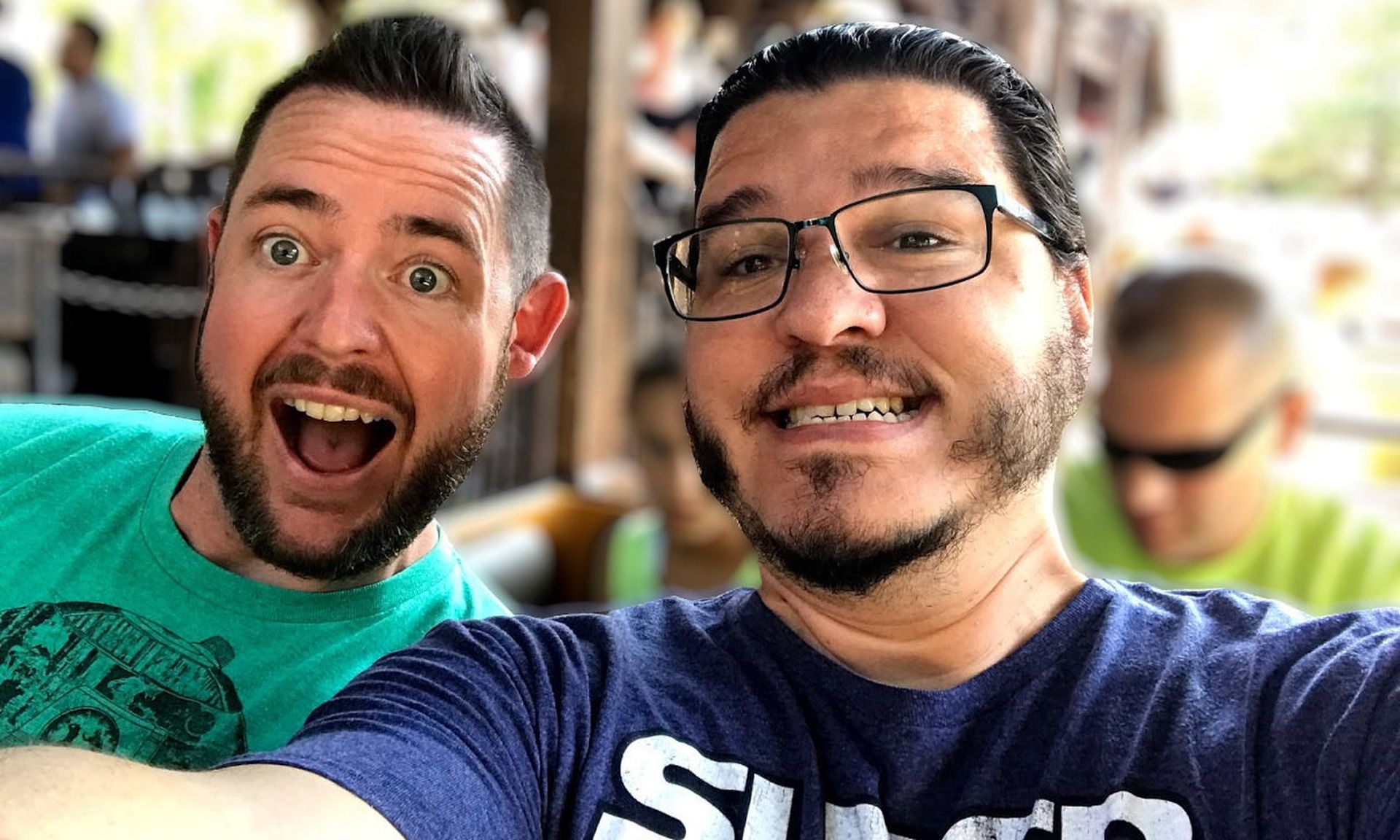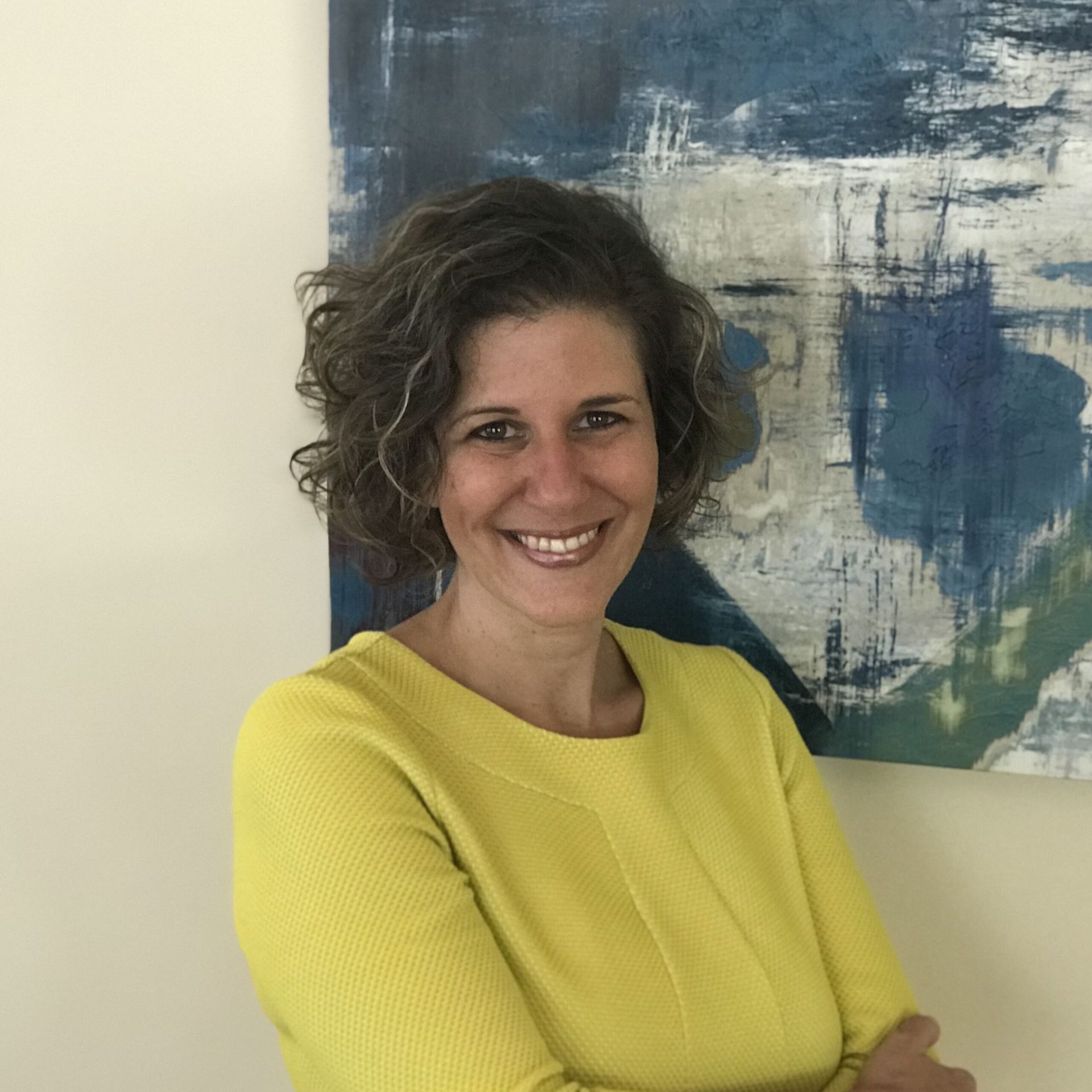As funding divvied to cyber startups continues to explode, founders face a new dilemma: When and from whom do they accept the millions of dollars?
In the first six months of 2021, security companies raised $9 billion – more than the record-breaking $7.8 billion raised during all of 2020, according to Crunchbase. The second quarter saw $5.2 billion, compared to less than $2 billion for the same quarter last year.
But while sectorwide statistics reflect the sweeping interest in cybersecurity, brought on by both the pandemic’s acceleration of digital transformation for many companies as well as high-profile incidents like the SolarWinds or Colonial Pipeline attacks, the funding needs of individual startups vary tremendously.
And so do the advantage of certain investors.
“There are different entities, different investors, that help with different stages of life,” said Dave DeWalt, founder and CEO of venture capital firm NightDragon Security and former FireEye and McAfee exec. He calls NightDragon a scale platform – seeking established companies that are ready to go big, versus early-stage companies looking to develop a concept.
Regardless, he tells all startups to “know your window” – that period of time when you own an idea with merit. “If you can execute in that window, you win. If you can’t execute, you lose.”
“Interviewing the VCs”
In the category of early-stage companies landing dollars is SynSaber – an Arizona startup founded by CEO Jori VanAntwerp and Chief Technology Officer Ron Fabela – which is working to develop an industrial asset and network monitoring solution.
The company launched in July with $2.5 million seed funding from SYN Ventures, Rally Ventures and Cyber Mentor Fund, all of which will support product development, and initial channel relationships and go-to-market sales. In the words of Patrick Heim, managing partner of SYN Ventures, “they are building something not just for the here and now, but the future.”

That acknowledgement mattered to VanAntwerp and Fabela, who wanted to take a gradual approach: develop a product that can be tested through a beta program, pursue further development based on feedback, and then go to market.
“When we were going through our round, we were almost interviewing the VCs to see if they would align with our strategy,” Fabela said during an interview between both founders and SC Media at Black Hat. “We talked to about a dozen. Some were just focused in different areas. Some were more growth-based. We've been fortunate that our investors have that same mentality that we do. They’re like, 'No, no, no. Talk, get the requirements right, get the use cases and make sure it aligns. Prioritize that.'”
VanAntwerp is quick to note that there is a pathway in operational technology and industrial control systems for investors to target hyper growth opportunities, but not through any established template. You can't take a software-as-a-service type of model and just templatize that over to OT.
“With the big raises now, they're seeing that there's potential at the top end of the market for billion-dollar evaluations. Where again, 10 years ago, that wasn't the case,” Van Antwerp said. “The OT space is really hot right now. And I think because the market itself really did not exist before maybe 2008 or 2009, it’s not 100% defined. When we were talking to the VCs, you could tell that they could see that nebulous nature of the market. So they were trying to find the edges if you will.”
The investors that ultimately landed SynSaber, however, were looking to the founders to build the strategy.
“We would ask, ‘How do you enter into the market in a way that's profitable and successful?’ But they looked at us and said, "Look, you guys obviously know what you're doing here in this space, so you tell us,'" said Van Antwerp.
When it’s time to go big
By DeWalt’s estimation, his “window” as CEO of FireEye was two years. That was the amount time he had upon taking over as CEO before all of the company’s competitors would develop their own versions of the virtual machine technology that put FireEye on the map.
“Everybody tried to commoditize the virtual machine. But I had a two-year head start,” he said. I took the company from $10 million to a billion in revenue before they could figure it out. I took advantage of my window.”
And that is what he now does with startups. Among his more recent investments is Interos, a supply chain risk management and operational resilience technology company. Interos landed in July Series C financing of $100 million, led by DeWalt’s NightDragon. The financing elevated the startup to official unicorn status, with a valuation of over $1 billion.
“I'm not going to help you write code. I’m not going to design you a new product. But if you're ready to go from $10 million to $100 million, or $100 million to $1 billion, my team has done that. We know the road,” DeWalt said. He believes Interos falls into that category.
Of course, NightDragon was not the first investors for Interos. The company bootstrapped for 14 years, because as CEO Jennifer Bisceglie put it in an interview with SC Media, “in 2005, the market wasn’t there yet.” Interos brought in its series A in January 2019 with Kleiner Perkins – a firm that understood the vision – and series B in February 2020 with Venrock – a firm that saw the potential of leveraging technology to move that vision forward.
DeWalt approached the company about nine months ago, post pandemic, after the company saw inbound leads go up 500% without ever doing any outreach.
“The thing that I like about Dave is that he's a CEO. That was very interesting. I also liked that Dave understands how to go big and how to go global,” Bisceglie said. “We have no one in front of us. We don't have real competition yet. All the pieces are there and it was just finding the right partner to really go big. And Dave's done this.”
The company closed this latest round on July 15, and has since been introduced to other potential institutional investors to fill out the financing, but also potential go-to-market partners that have the potential to significantly expand reach.
“This round enables us to take a minute to plan: What does 2023 look like? We'll have options,” Bisceglie said, pointing to both an initial public offering or some form of merger and acquisition as on the table.
“This market is not what you would call predictable yet. And that's really part of our job – to make sure that our company helps the market get predictable,” she continued. “But my first job as CEO of the company is to make sure we can actually execute and keep customers happy. You don't want to just take money, because it's available. You want to make sure you're doing things for the right reason for the company. And I truly believe we did.”




